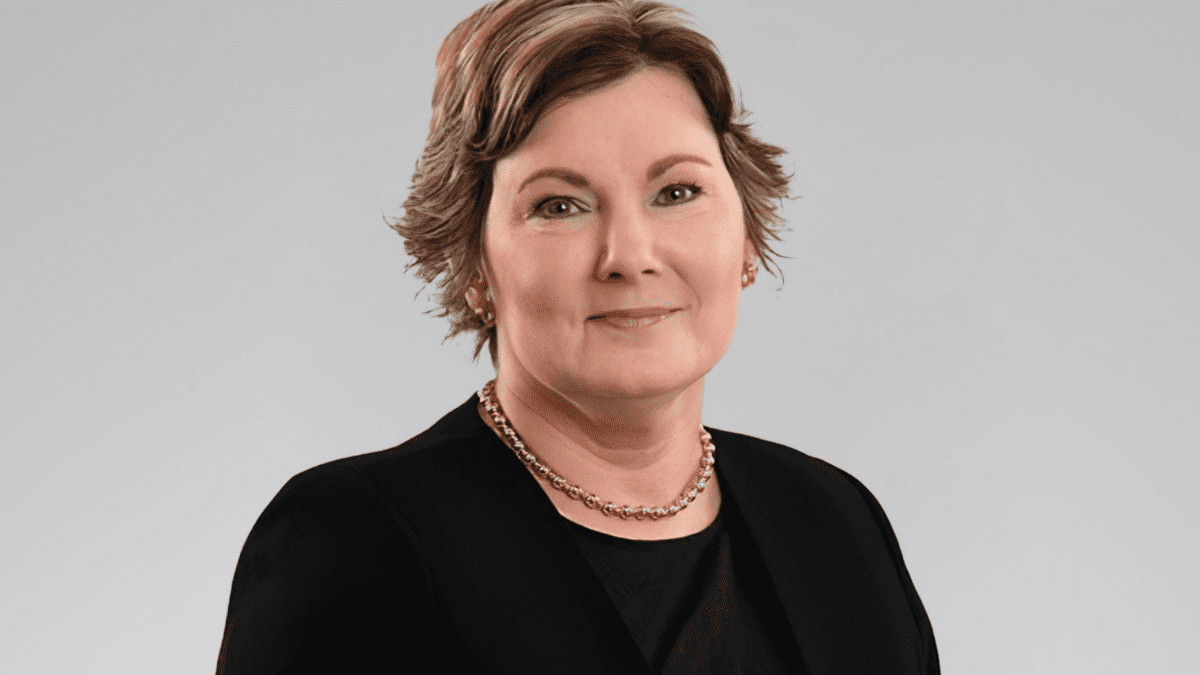Slashed dividend payments a body blow for self-funded retirees
For self-funded retirees, it was bad news. With many heavily dependent on dividend income to support their lifestyle, data showing that the average payout ratio fell from 62 per cent to 53 per cent in the August reporting season for S&P/ASX 200 companies came as a rude shock.
In dollar terms, Bell Potter reports that decline translated into these companies only delivering $34.4 billion in dividends, the lowest since a COVID-afflicted 2020, when businesses returned a miserly $21 billion to shareholders. It also flew in the face of the global trend with Janus Henderson reporting global dividends rose to a record $US606 billion ($888 billion), up 8.2 per cent, in the second quarter of 2024.
Just how rude a shock for this cohort can be gauged from the latest Australian Tax Office figures showing that self-managed super funds (of which nearly half are either transitioning to retirement or in retirement) held $271 billion in listed shares at March 31, 2024 – 30 per cent of net SMSF assets of $896 billion.
It’s the largest asset class sitting in the portfolios of the more than 1.1 million SMSF members, with a key reason being the dividend income – often fully franked – that they deliver.
Asset manager Martin Currie chief investment officer Reece Birtles says this retention of earnings instead of companies reinvesting them in high-return growth opportunities is a concern for shareholder value.
“The lack of pressure on boards and management regarding this trend appears to be a byproduct of the momentum-driven market. As conditions shift, we hope to see a return to dividends as a core indicator of shareholder value.
“For investors, dividends will continue to play an important role as they provide more reliable returns than capital gains and can act as a safety net during heightened volatility.”
Companies that reduced or cut their payouts entirely – it often suggests earnings stress – include Mineral Resources (ASX:MIN), Dexus (ASX:DXS) and Insignia (ASX:IFL).
The diversified miner Mineral Resources – its share price has more than halved since May to close at $39.16 yesterday – gave shareholders the cold shoulder when the annual results were announced on August 28, 2024, omitting a final dividend for the first time since 2013, management spooked by weak lithium prices and the outlook for iron ore in the wake of China’s economic woes.
For the property group and fund manager Dexus, the office market downturn continues to exact a toll with a massive $1.58 billion statutory loss booked for the 2024 year. Although Dexus remains confident that the office sector will recover, it’s significant it’s flagging a lower distribution again in 2025.
Like Mineral Resources, the financial services group Insignia believed discretion was the better part of valour by reacting to an annual loss of $185.3 million with a dividend pause – a decision that shareholders responded to by taking 13.5 per cent off the stock price.
Martin Currie has updated its income scorecard to reflect broker revisions post-reporting season and to track how companies have met dividend expectations over the past 12 months. It also analyses how dividend growth projections have changed and assessing if these stocks provide inflation protection.
“Our analysis highlighted the resource sector as an area of concern for income. While the sector delivered strong dividends relative to expectations over the past year, the outlook is now much more challenging, with most future dividend downgrades in this sector,” Birtles says. “Woodside, in particular, is a worry due to its M&A decision to invest in two new US projects that is putting pressure on its ability to maintain strong dividend payouts.”
He says the banking sector also delivered solid earnings and reasonable dividends over the past 12 months. However, there’s been no change in forecasts due to stagnant underlying growth. “For instance, Commonwealth Bank’s share price has surged in the past year, but with flat dividends, future yields have dropped significantly, leaving it below the bond yield – no longer qualifying as a strong dividend stock,” he says.
Amid the gloom and doom, there are some bright spots, according to Birtles. “We saw special dividends from companies such as JB Hi-Fi, Super Retail Group and Lottery Corporation, as well as improved payout ratios from Chorus, Commonwealth Bank and Independence Group. Additionally, South32, Brambles and Aurizon conducted buybacks.”








